Introduction
It is that time of year again and we’re back out in Taiwan for another hot and humid Computex show, although this year things have changed, as we told you back at the end of April. TAITRA, the company behind the organisation of the show, says it’s bigger and better than ever before.It’s arguably the most important IT tradeshow that bit-tech attends, because not only is it a place where the world’s leading PC component manufacturers show off their latest products, but it’s also the last major tradeshow before the Christmas spending season. This means that there are often products shown that are months away from release.
Instead of starting our show coverage on the first day of the show, we have continued with the trend we set last year, by flying out to Taiwan a week earlier to catch up with many of the largest Taiwanese manufacturers to not just find out what would be on the show floor, but also things that probably won’t be on view to the public as well.
We’ve already brought exclusive shots of Intel’s next-generation Nehalem processor and an early X58 development board, along with pictures of the soon-to-be-released AMD ATI Radeon HD 4850 graphics card and a quick hands-on look at MSI’s eagerly-anticipated Wind sub-notebook.
Today, we’ve collaborated much more information for you in a single and easy-to-digest article. We hope you enjoy our look at what’s going on at the heart of the industry and stay tuned for our live coverage from the show!
Asus soundcards
If you’re an AV fanboy with a penchant for Blu-ray, take note now.Asus says that in the June-July timeframe, it will launch what it claims is the only solution that will let you output 7.1 channel high-definition audio from the likes of Dolby TrueHD and DTS Master HD with a full bandwidth HDMI 1.3 over HDMI (with HDCP) or LPCM. The Asus Xonar HDAV is going to be (hyped up as) the king of kings when it comes to home theatre PC audio. In fact, the Xonar engineering team claim that it’ll easily beat soundcards even from the likes of industry giant Onkyo – that’s a pretty big claim to make, so we’ll have to see how it stands up over time.
The Xonar HDAV is compatible with XV Colour and Deep Colour standards, and also includes its own Splendid HD Video Processor that will take low resolution video and enhance the colour and sharpness if you feel the need. However, the limitation is that while the soundcard supports all these video enhancements, we still have to wait for graphics cards to support a 36-bit output in order to also adhere to these standards. Asus did mention that since the company now makes graphics products and audio – we could potentially see a Xonar-branded graphics card in the future as well.
The HDAV will ship in two SKUs – Standard and Deluxe. The standard will come with a HDMI input and output, RCA stereo jacks and S/PDIF output, as well as a standard 3.5mm analogue microphone or line-input. The Deluxe will include the additional card to output full 192KHz 7.1 channel LPCM audio from the extra six RCA jacks and all the connectors feature gold plating.
If your audio needs only require stereo sound of the highest quality and a proper microphone input, the Xonar StereoX will also be available in the same timeframe as the HDAV and will feature very similar core features to the HDAV, but now focuses on a more basic set of connectors: RCA stereo sockets, RCA S/PDIF in and out a 2.5” microphone/line-in socket and standard 3.5mm headphone audio jack.

MSI MPG Velox 100R Chassis Review
October 14 2021 | 15:04


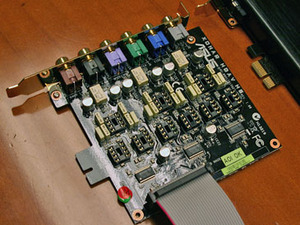

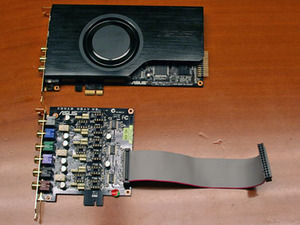

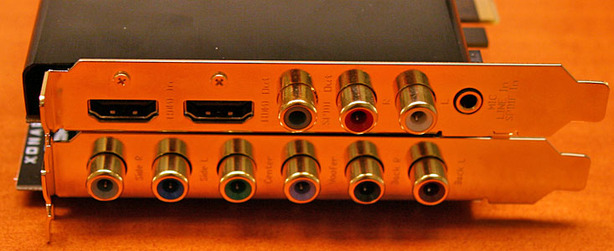
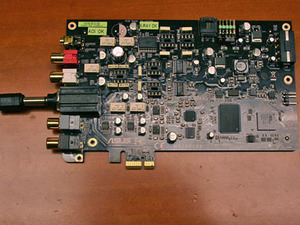
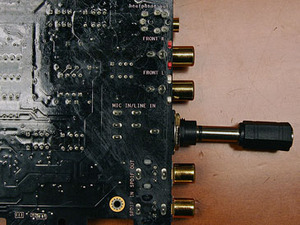







Want to comment? Please log in.